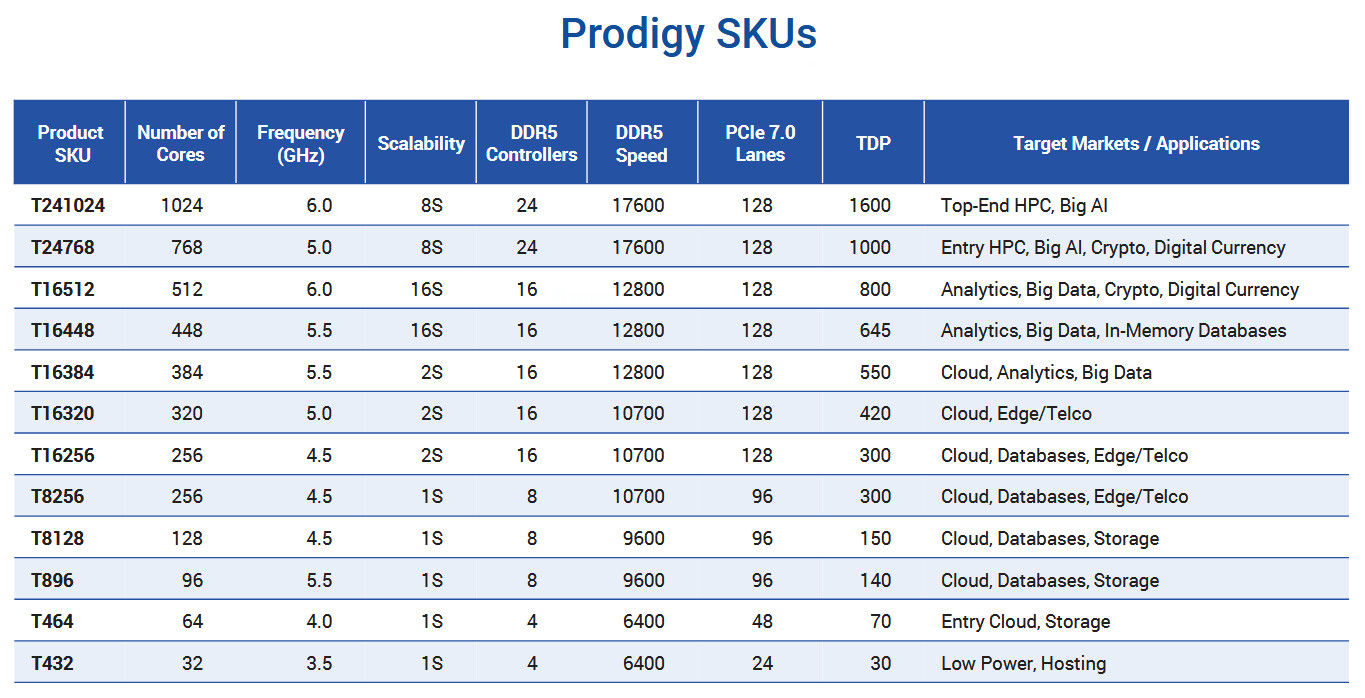The top Prodigy Ultimate variant claims “21.3x higher AI rack performance than Nvidia Rubin Ultra NVL576” while the Prodigy Premium model supposedly delivers “up to 25.8x higher AI rack performance than Vera Rubin 144”.
The design targets up to 256 cores per chiplet, with clock speeds reaching 6 GHz, which would be outrageous if it ever made it to silicon. This two nm effort is billed as an upgrade over the company’s older five nm 128-core project, which later became a 192-core project before becoming nothing at all, since none of those chips ever shipped.
Tachyum insists it has “secured” tape-out funding so the first universal processor can finally crawl towards production.
None of this exists yet. Every performance claim is based on simulation rather than actual hardware, so the impressive figures remain dreams until a fab turns them into something that can be dropped into a socket.
The 2 nm Prodigy wishlist includes up to 256 cores per chiplet and up to 1,024 64-bit cores per processor. The design can scale to 8,292 cores in an 8-socket or 16-socket system. It lists up to 1 GB of combined L2 and L3 cache, plus 24-channel DDR5 support and up to 48 TB of DDR5 per socket. There are 128 PCIe 7.0 lanes, support for DDR5 17,600, and a TDP of up to 1,600 W.
It is a spectacular set of promises, although until Prodigy arrives as real hardware, it remains a long wish list in search of a foundry.





